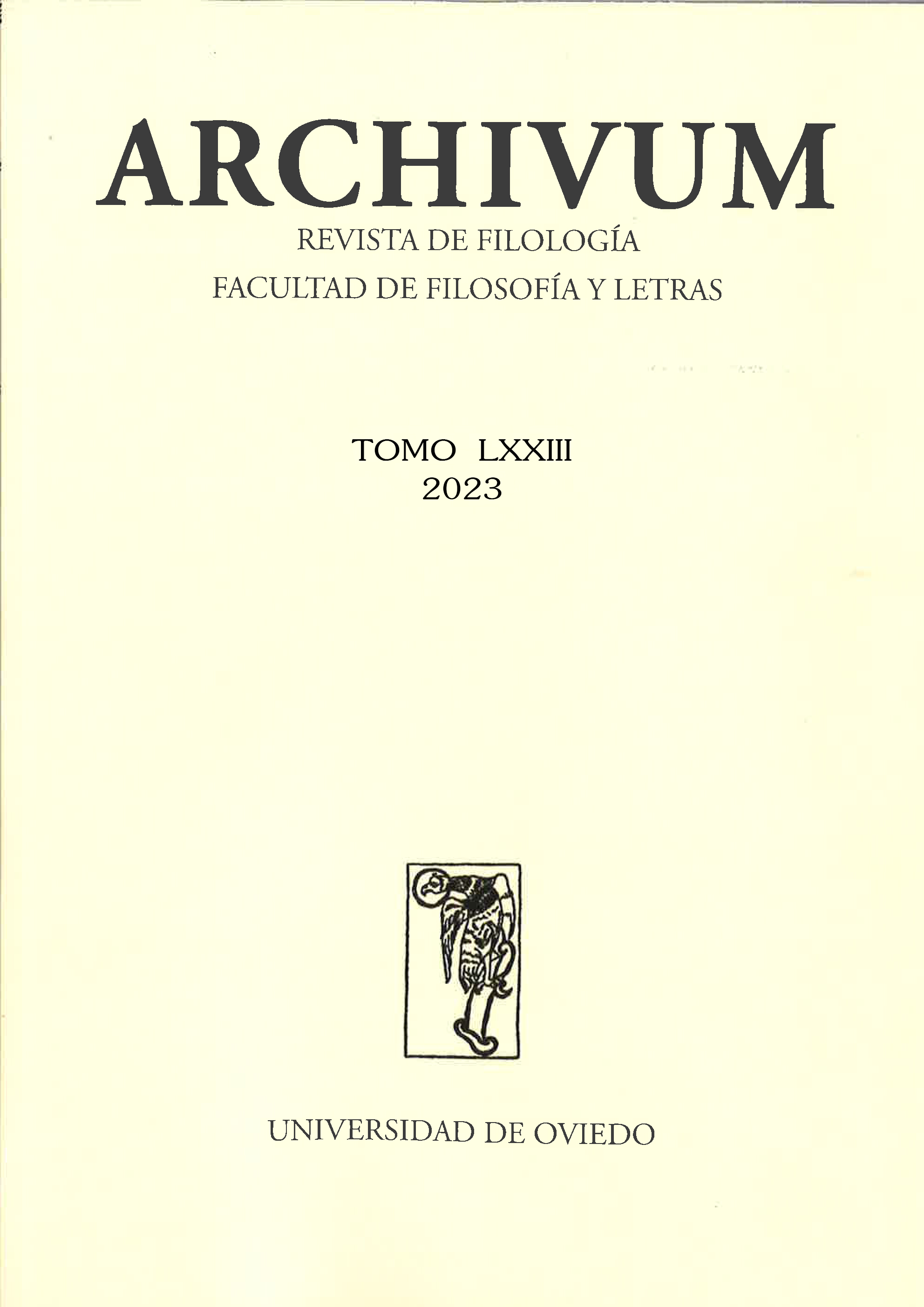Résumé
The television series Game of Thrones (2011‒2019) was a cultural phenomenon that aroused great interest among audiences worldwide. HBO’s adaptation of George R. R. Martin’s A Song of Ice and Fire novel series can be deemed as a milestone for the fantasy genre, which has traditionally never been regarded as mainstream. Nevertheless, this level of success was only possible thanks to the brilliance in terms of storytelling with which palace intrigues were handled, most of them being orchestrated by the polarising characters of Petyr Baelish and Tywin Lannister: all of their spine-chilling schemes plunge Westeros into utter chaos, thus enabling plot development indirectly. Therefore, the aim of this article is to carry out a thorough comparative analysis of the aforementioned characters considering the notion of hegemonic masculinity, the understanding of subalternity by Gramsci, and the medieval social implications of hostageship in order to examine how the mayhem they cause inevitably triggers plot progression, thus subverting Propp’s original conception of the helper while overlapping with the character type of the villain.
Références
Benioff, D., Caulfield, B., Doelger, F., Nutter, D., Sapochnik, M., Strauss, C., & Weiss, D. B. (Executive Producers). (2011–2019). Game of Thrones [TV series]. Television 360; Grok! Studio; Generator Entertainment; Bighead Littlehead; Startling Television; HBO Entertainment.
Bennett, M., & Weikert, K. (Eds.). (2017). Medieval Hostageship c.700-c.1500: Hostage, Captive, Prisoner of War, Guarantee, Peacemaker. Routledge.
Brady, P. (1990). Chaos Theory, Control Theory, and Literary Theory or: A Story of Three Butterflies. Modern Language Studies, 20(4), 65–79. https://doi.org/10.2307/3195061
Connell, R. W., & Messerschmidt, J. W. (2005). Hegemonic Masculinity: Rethinking the Concept. Gender & Society, 19(6), 829–859. https://doi.org/10.1177/0891243205278639
Galastri, L. (2018). Social classes and subaltern groups: Theoretical distinction and political application. Capital & Class, 42(1), 43–62. https://doi.org/10.1177/0309816817692122
Gramsci, A. (1971). Selection from the Prison Notebooks of Antonio Gramsci (Q. Hoare & G. Nowell-Smith, Eds. & Trans.). International Publishers. (Original work published 1947)
Green, M. E. (2002). Gramsci Cannot Speak: Presentations and Interpretations of Gramsci's Concept of the Subaltern, Rethinking Marxism, 14(3), 1–24. https://doi.org/10.1080/089356902101242242
Green, M. E. (2011). Rethinking the subaltern and the question of censorship in Gramsci's Prison Notebooks, Postcolonial Studies, 14(4), 387–404. https://doi.org/10.1080/13688790.2011.641913
Johnston, S. (2021). Abjection, Masculinity, and Sacrifice: The Reek of Death in Game of Thrones. Men and Masculinities. https://doi.org/10.1177/1097184X211044184
Levin, I. (1967). Vladimir Propp: An Evaluation on His Seventieth Birthday. Journal of the Folklore Institute, 4(1), 32–49. https://doi.org/10.2307/3813911
Louai, E. H. (2012). Retracing the concept of the subaltern from Gramsci to Spivak: Historical developments and new applications, African Journal of History and Culture, 4(1), 4–8. https://doi.org/10.5897/AJHC11.020
Messerschmidt, J. W. (2019). The Salience of “Hegemonic Masculinity.” Men and Masculinities, 22(1), 85–91. https://doi.org/10.1177/1097184X18805555
Propp, V. I. (1968). Morphology of the Folktale (Vol. 9). University of Texas Press. (Original work published 1928)
Yang, Y. (2020). What’s Hegemonic about Hegemonic Masculinity? Legitimation and Beyond. Sociological Theory, 38(4), 318–333. https://doi.org/10.1177/0735275120960792

Ce travail est disponible sous licence Creative Commons Attribution - Pas d'Utilisation Commerciale - Pas de Modification 4.0 International.

